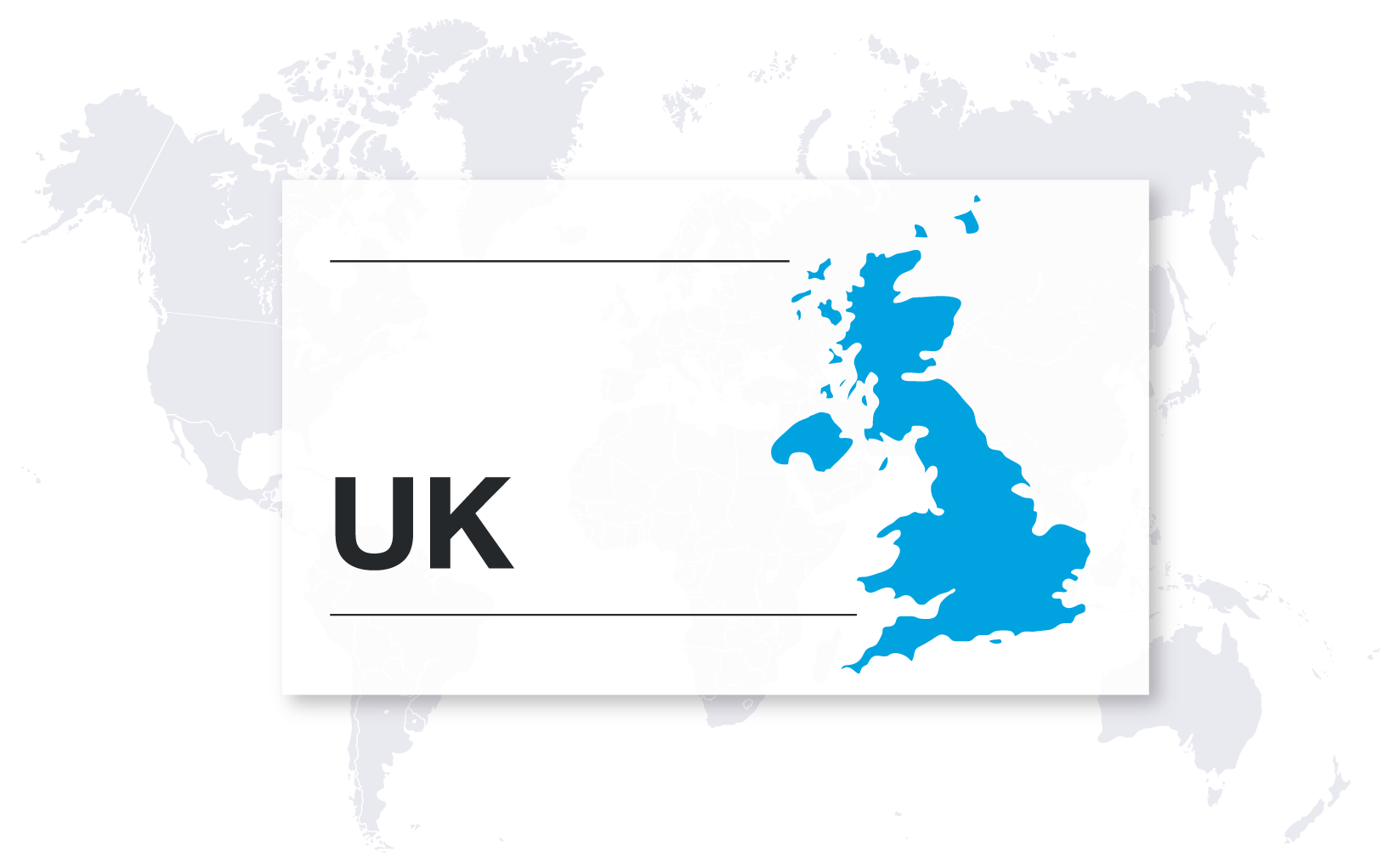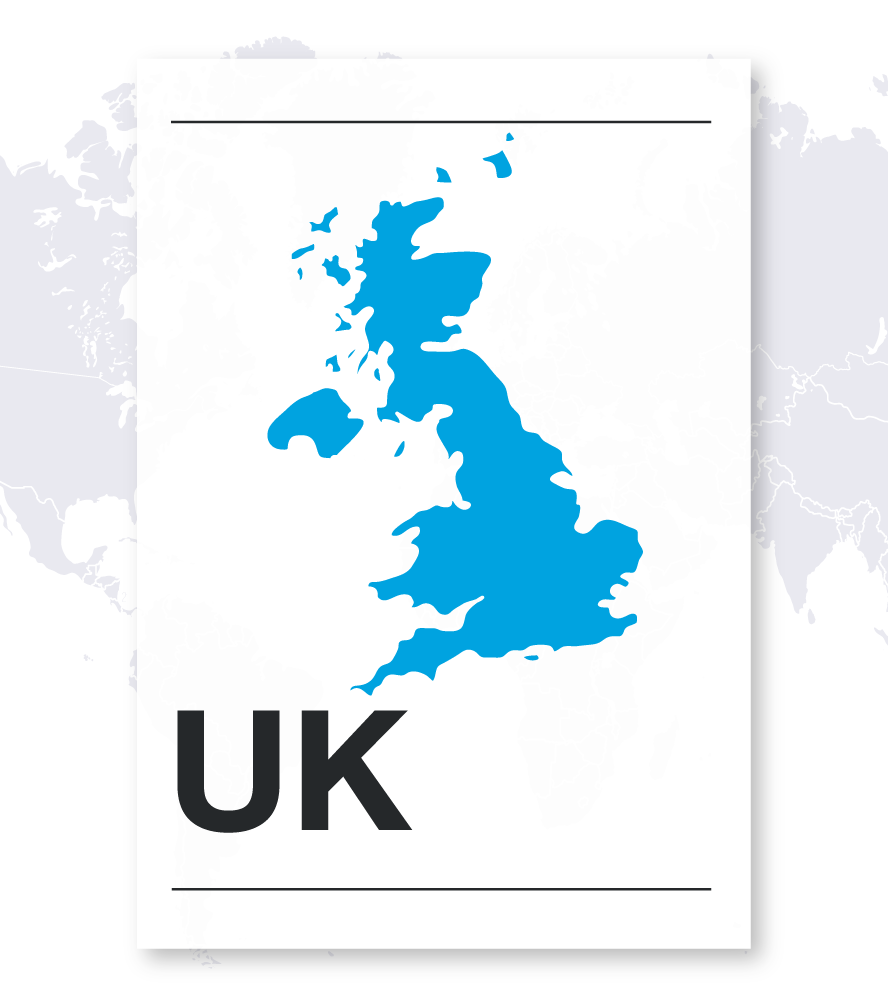UK Gender Pay Gap Reporting Law Guide


Introduction
The Equality Act, Section 78 confers a power to make regulations requiring certain private and voluntary sector employers in Great Britain to publish information about the differences in pay between their male and female employees.
UK reporting requirements
Since 2017, the UK government has required public, private, and voluntary sector employers with 250 or more employees, to report annually on their gender pay gap.
Who Needs to Report?
Applicability testing must be carried out annually on the following snapshot dates to determine which employers count more than 250 employees:
- March 31 each year for most public authority employers
- April 5 each year for private, voluntary and all other public authority employers
What to Report?
The report is a comparison of the median or average pay of women versus the median or average pay of men across your organization. The UK law requires this to be expressed as a percentage of men's earnings (example: "women earn 10% less than men").
UK employers must submit pay gap percentage calculations and data to the UK's Gender Pay Gap Service, along with a link to your public statement. Employers are required to calculate six metrics measuring the difference in compensation by gender:
- Percentage of men and women in each hourly pay quarter
- Mean gender pay gap of hourly pay
- Median gender pay gap of hourly pay
- Percentage of men and women receiving bonus pay
- Mean gender pay gap of bonus pay
- Median gender pay gap of bonus pay
Optional Information
The UK government encourages all employers to include an accompanying narrative to add contact to any pay gaps, together with an action plan setting out what steps will be taken. Neither the narrative or action plan are mandatory. All organizations may voluntarily submit ethnicity pay gap data as well.
Where and When to Report?
Relevant employers must report on the pay gap calculations detailed above:
Regulatory Filing: File gender pay gap calculations to the Government Equalities Office platform, which is referred to as the 'Gender Pay Gap Service'.
External Posting: Publish the gender pay gap report and written statement in a prominent place on your website.
Internal Disclosure: Employees must be informed where they can find this information.
Deadlines and Cadence: The gender pay gap report must be reported annually by the deadlines below:
- March 30, for most public authority employers
- April 4, for private, voluntary and all other public authority employers
Contact us
UK Pay Transparency Requirements
There are currently no requirements for salary and career progression disclosure in the UK.
However, since Jan. 1, 2020, large, listed UK companies have been legally required to disclose CEO pay ratios.
The Companies (Miscellaneous Reporting) Regulations 2018 requires all publicly listed firms with more than 250 UK employees to publish the ratio between the total remuneration of their CEOs and the full-time equivalent remuneration of their UK employees on the 25th, 50th, and 75th percentile.
Unlike gender pay gap reporting, organizations are required to publish a supporting narrative to explain:
- The reasons for any year-on-year rises or reductions in ratios.
- If they believe the median ratio is consistent with the organization's wider policies on pay, reward, and progressio
- Which of the three available options it used to calculate the ratio, and why.
The data and narrative must be published in the company's annual report.
Employment Equity Standards
The UK Equality Act 2010 requires employers to pay men and women the same for work of equal value. The law applies to employees, workers, apprentices, agency workers, full-time, part-time, or temporary contracts, and self-employed people.
The Risks of Non-Compliance
Companies that fail to comply with gender pay gap reporting may face civil enforcement procedures by the Equality and Human Rights Commission (EHRC). Failure to comply with a statutory compliance notice may result in a court order and unlimited fines if convicted.
Additionally, employers may be subject to reputational risk and subsequent adverse effects on staff recruitment and retention.
Can Trusaic Assist with UK Gender Pay Gap Reporting Compliance?
1. Comply - Use Trusaic's GPDR solution to complete required reporting by compliance deadlines:
Applicability Determination: Perform an accurate assessment of your applicability, according to jurisdictional specific definitions and regulatory frameworks so you can understand your reporting obligations across the globe.
Deadline Management: Prepare ahead of time with project timelines, timely notifications, and reminders, to keep you on track to meeting jurisdictional deadlines.
Expert Legal Guidance and Support: Benefit from the expertise of our trusted pay equity attorneys, so you understand your compliance requirements across a diverse global regulatory landscape. Receive world-class customer support, including assistance throughout the compliance process.
Streamlined Data Extraction: Collect the necessary data for analysis and submission with a simple click of a button; powered by certified data integrations with world's largest HCM, HR and Payroll platforms, including Workday, SAP, UKG and ADP. Provide data through Trusaic's Workplace Equity platform, a SOC 2 Type II and GDPR-compliant tool for data transmission.
Data Quality Assurance: Trusaic performs data validations to ensure your collected data and information aligns with the standards and definitions provided by each jurisdiction.
Compliant Report Outputs: Take away the burden of reporting by effortlessly generating outputs containing necessary compliance information.
Reporting Checklist: Follow step-by-step guidance on where, when and how to report to any jurisdiction's regulatory body, as well as your required internal disclosure and public posting obligations.
2. Correct - Use PayParity and OpportunityParity to understand, explain and resolve pay disparities:
Risk Assessments: Stay aware of any potential exposure to any government audit or litigation. Our cross-functional team of data scientists, statisticians, and government regulatory compliance experts have rigorously worked to reverse-engineer the calculations that will be used by jurisdictions to estimate pay disparities, so you can prepare in advance.
Understand your Pay Gaps: Leverage Trusaic's pay equity software solution to explain your pay gaps so you can understand the root causes and safeguard from equal pay claims and legal action.
Resolve Pay Disparities: Make pay adjustments where applicable so you can eliminate pay disparities and show improvements in your reported pay gaps from one year to the next.
Identify Barriers to Professional Growth: Ensure workforce diversity and equity with hiring, promotion, retention, and opportunity analytics using opportunity equity software solution.
3. Communicate - Use Trusaic's Workplace Equity Solution to communicate narratives and share salary ranges with confidence:
Workplace Equity Narrative: Communicate the sources of your pay gaps, progress objectives, and corrective measures to employees and internal stakeholders with Trusaic's Workplace Equity product suite. Show data-backed progress in your pay gaps over time.
Salary Range Explainability: Use Salary Range Finder to establish and post competitive and equitable pay ranges to confidently comply with pay transparency laws.
Mitigate Risk of Recurrent Pay Disparities: Ensure new hires receive fair pay offers with the use of external labor market data and internal pay equity analytics to reduce unplanned and expensive pay remediations.
The EU Directive
As the UK is no longer a member of the EU, the Pay Transparency Directive is not applicable to UK employers. However, UK organizations with operations in EU member states will be required to comply with gender pay gap reporting in those countries.
Trusaic is GDPR compliant and can assist any organization in any EU state in meeting its obligations under both the EU Corporate Sustainability Reporting Directive and the EU Pay Transparency Directive.
Sign up for PayParity by May 31, 2024
and receive OpportunityParityTM at no additional cost
Sign up for PayParity by May 31, 2024 and receive OpportunityParityTM at no additional cost
